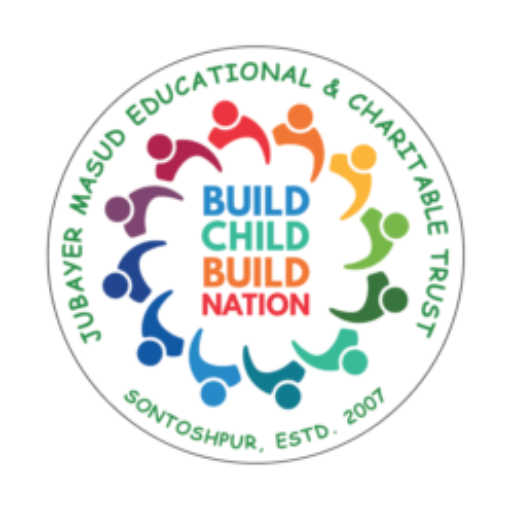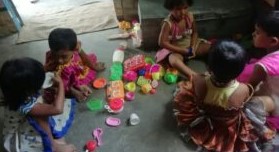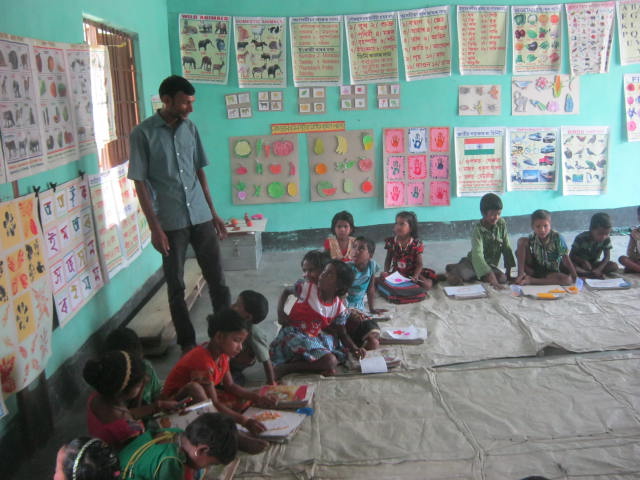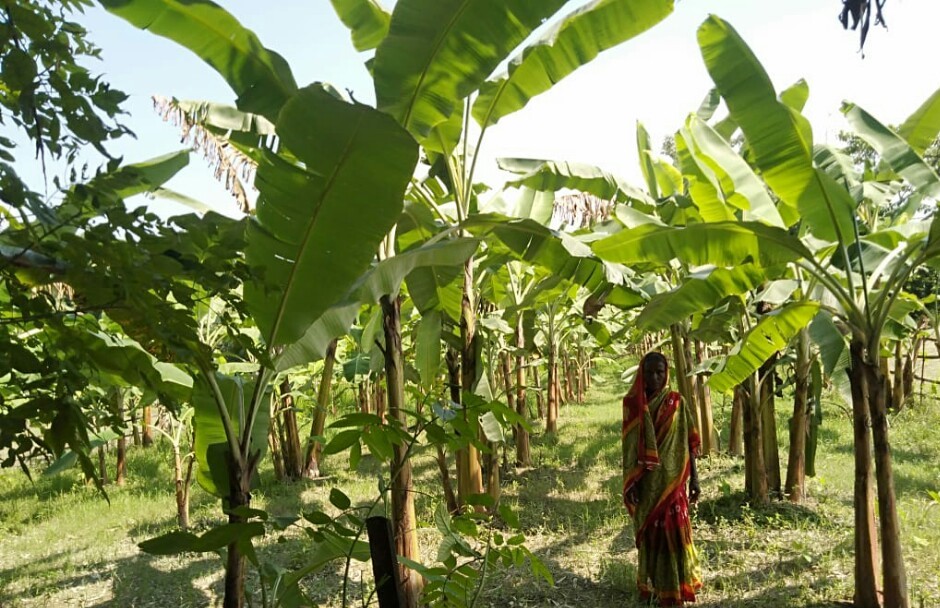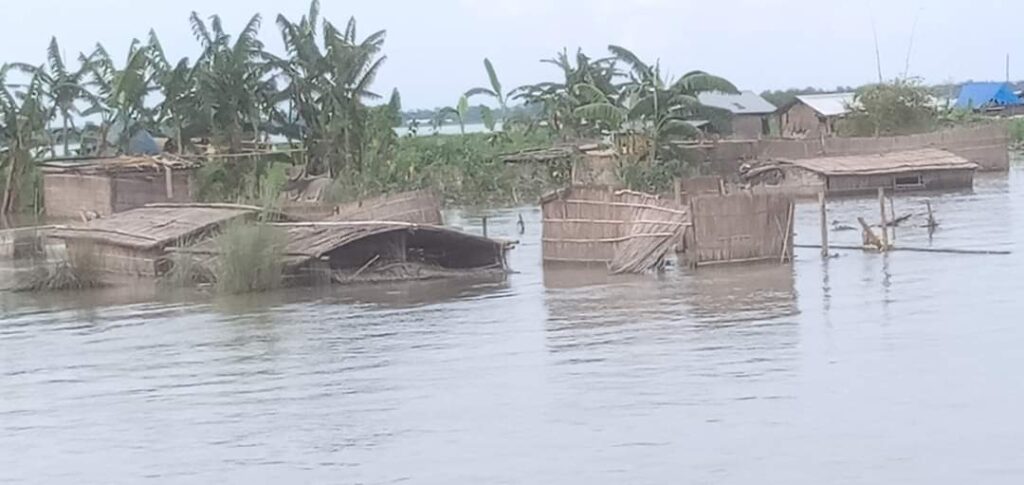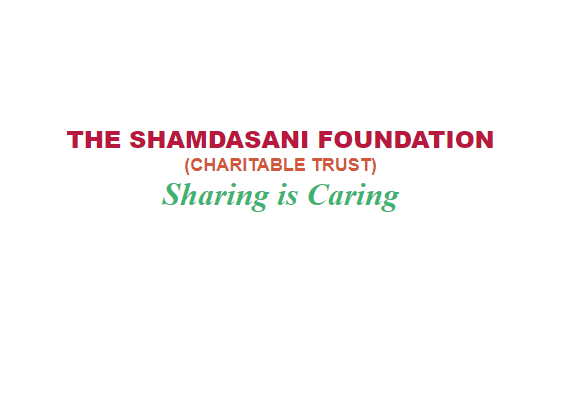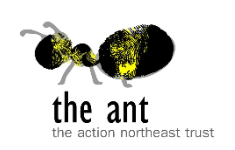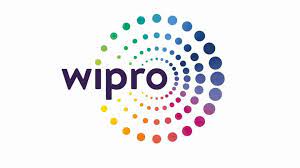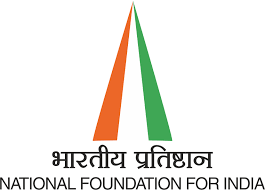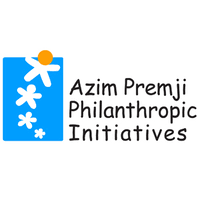Early Child Education Early Childhood Care and Education (ECCE) makes a positive contribution to children’s long term development and learning by facilitating an enabling and…
Remedial Education
Due to several causes a number of children are not achieving grade appropriate learning competency. This is not only in our area but also it…
Livelihood Support
The organization has been working on alternative livelihood since 2016. During our initiative on education the organization observed that many parents do not send their…
Disaster Management
Disaster Risk Management The project area of JMECT is a highly disaster-prone area for flood and river erosion. River AIE and MANAS are liable to…
Present Project
Increase education security of children in Assam The project “Increase education security of children in Assam ” aiming to improve the quality of education and…
Past Project
Provide Quality Education to rural children: The project “Quality education for rural children” was supported by the National Foundation for India. The aim of the…
Support Us
Please Joint Hand With Us Jubayer Masud Education & Charitable Trust is well NGO which gives special emphasis on children education and their rights, heath…
Photo Gallary
Community meet ECE Program Reading Table distribution among orphan . semi orphan children Reading table distribution among orphan and semi orphan children ECE program ECE…
